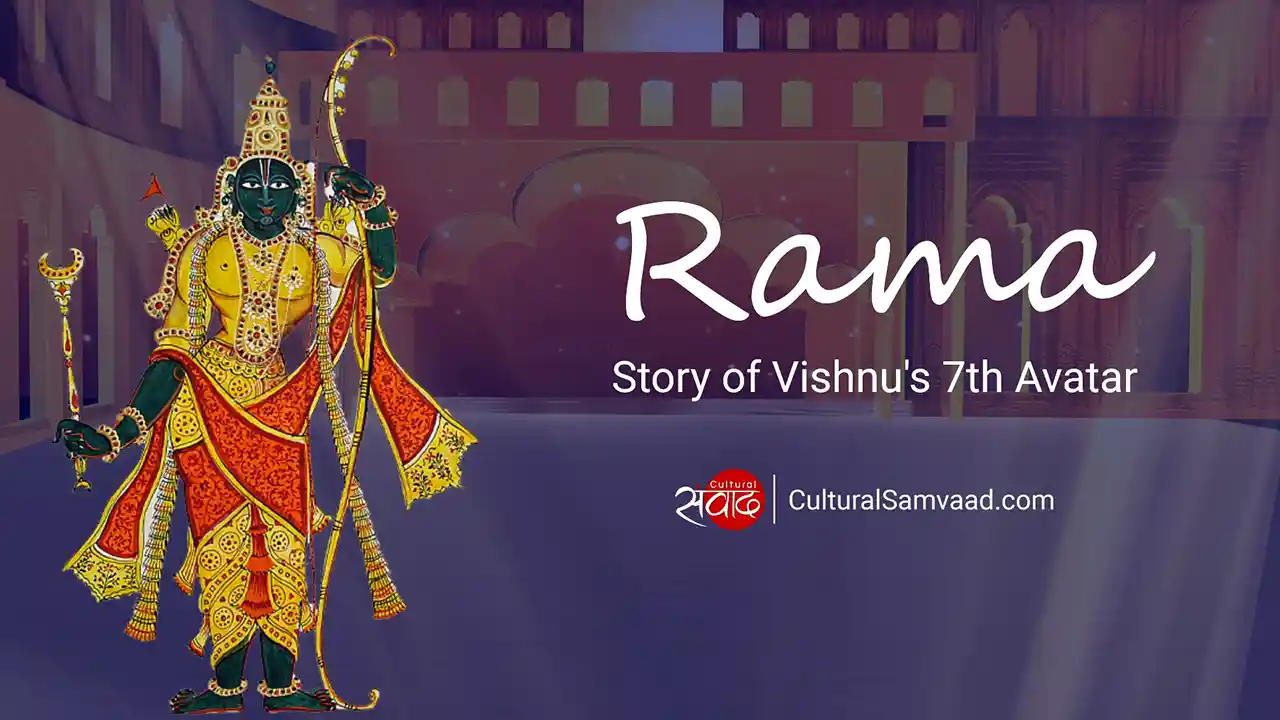“कितना सुंदर संचालन है, कितनी सुंदर व्यवस्था! लाखों सिर एक साथ सिजदे में झुक जाते हैं, फिर सब-के-सब एक साथ खड़े हो जाते हैं, एक साथ झुकते हैं, और एक साथ घुटनों के बल बैठ जाते हैं। कई बार यही क्रिया होती है, जैसे बिजली की लाखों बत्तियाँ एक साथ प्रदीप्त हों और एक साथ बुझ जाएँ और यही क्रम चलता रहे। कितना अपूर्व दृश्य था, जिसकी सामूहिक क्रियाएँ, विस्तार और अनंतता हृदय को श्रद्धा, गर्व और आत्मानंद से भर देती थीं, मानो भ्रातृत्व का एक सूत्र इन समस्त आत्माओं को एक लड़ी में पिरोए हुए है।“
The preceding lines are Munshi Premchand’s beautiful and picturesque description of an ‘Idgah’ in his short story with the same name. This lyrical piece of prose was penned in Hindustani but has been widely translated. I was first introduced to the story more than three decades ago as part of our curriculum and since then, have revisited the ‘ईदगाह’ multiple times.

Idgah – The Story
For the uninitiated, the narrative revolves around Hamid – a five-year-old and his old grandmother living in impoverished conditions. Hamid’s parents had passed away, but his childlike innocence and infinite hope had convinced him that they would return one day with the best of gifts and riches from Allah Miyan’s abode. Notwithstanding his poverty, Hamid was a happy and contented child.
It was the beautiful morning of Eid. Hamid and his friends set out to offer namaaz at the idgah which was located 3 miles away from their village. Once the prayers were over, it was the time to indulge. With just 3 paise in his pocket, a young and intelligent Hamid resisted every temptation that his friends gave in to. He passed by stalls that were selling mouth-watering treats and he ignored the ones with colourful toys. His fortune was spent on buying a pair of iron tongs (chimta) for his beloved grandmother who used her hands to bake chappatis. Hamid’s lofty and impassioned defence of his decision which in many ways is the high point of the narrative, traverses a range of emotions.
“हामिद- खिलौना क्यों नहीं है? अभी कंधे पर रखा, बंदूक हो गई। हाथ में ले लिया, फकीरों का चिमटा हो गया, चाहूँ तो इससे मजीरे का काम ले सकता हूँ। एक चिमटा जमा दूँ, तो तुम लोगों के सारे खिलौनों की जान निकल जाए।“
“हामिद ने तुरंत जवाब दिया – आग में बहादुर ही कूदते हैं जनाब… आग में कूदना वह काम है, जो यह रुस्तमे-हिन्द ही कर सकता है।“
Hamid’s friends were left with no option but to agree that he was the one who had made the wisest choice. The children came back to the village and the toys were consigned to dust.
When he walked in with his iron tongs, Hamid’s grandmother was angry and shocked. Why on earth would he waste the money on buying a chimta and not eat something or indulge in a toy? “Your fingers get burnt because of the hot tawa…”
“और अब एक बड़ी विचित्र बात हुई। हामिद के इस चिमटे से भी विचित्र। बच्चे हामिद ने बूढ़े हामिद का पार्ट खेला था। बुढ़िया अमीना बालिका अमीना बन गई। वह रोने लगी। दामन फैलाकर हामिद को दुआएँ देती जाती थी और आँसू की बड़ी-बड़ी बूँदें गिराती जाती थी। हामिद इसका रहस्य क्या समझता!”
Revisiting the Idgah
Idgah is storytelling at its best and touches the innermost recesses of the human soul. Written in the 1930s, the narrative is alive and relevant even today – almost 8 decades later. The flavours of Eid are an integral part of the multi-coloured fabric of Indian culture. Hamid is the child we all wanted to be and the child we wish our children are. And yet, it is tough to find Hamid and be Hamid. Narratives like ‘Idgah’ serve as a stark reminder as to why vernacular literature needs to be encouraged and why Indian stories written by daughters and sons of the soil should find their way into our reading lists.
As you soak in the spirit of Eid, read the ‘Idgah’ and narrate it to your children.

Image Courtesy:
ईद मुबारक!
Editor’s Note: You can read Premchand’s original creation in Hindi here or Kushwant’s Singh English translation here. Both these links were retrieved on May 25, 2020.






Had no option but to read the story and pass it to my 14 year old.
Thanks a ton Anamika…hope your 14 year old enjoyed it…:)
It is indeed a beautiful story. You have brought it to life very nicely. There was once an ad on this theme too.
Thanks Kabir for your appreciation…please do keep visiting us…
…. बाजार में… खिलौने और मिठाई के प्रति बच्चे का स्वाभाविक आकर्षण… और दादी के दर्द के प्रति संवेदना के मध्य कश्मकश…का चित्रण…
… अंत में… वृद्धा का… बच्चे को.. गले लगा कर जार जार … रोना…. अत्यन्त मार्मिक एवं ह्रदय स्पर्शी….
बचपन में.. बहुत.. रोया था.. इसे पढ़कर…आज भी आंखें नम हो जाती हैं..
हाँ गौरीजी, यह कहानी हमारे मन के अंतर्द्वंद को चित्रित करती है…
My all time favourite story, a timeless masterpiece. Just not depicts the lives of Hamid and Amina but the social fabric of the society of the time.
Eyes are filled with tears every time I read it and at the same time heart swells with pride at Hamid’s character .